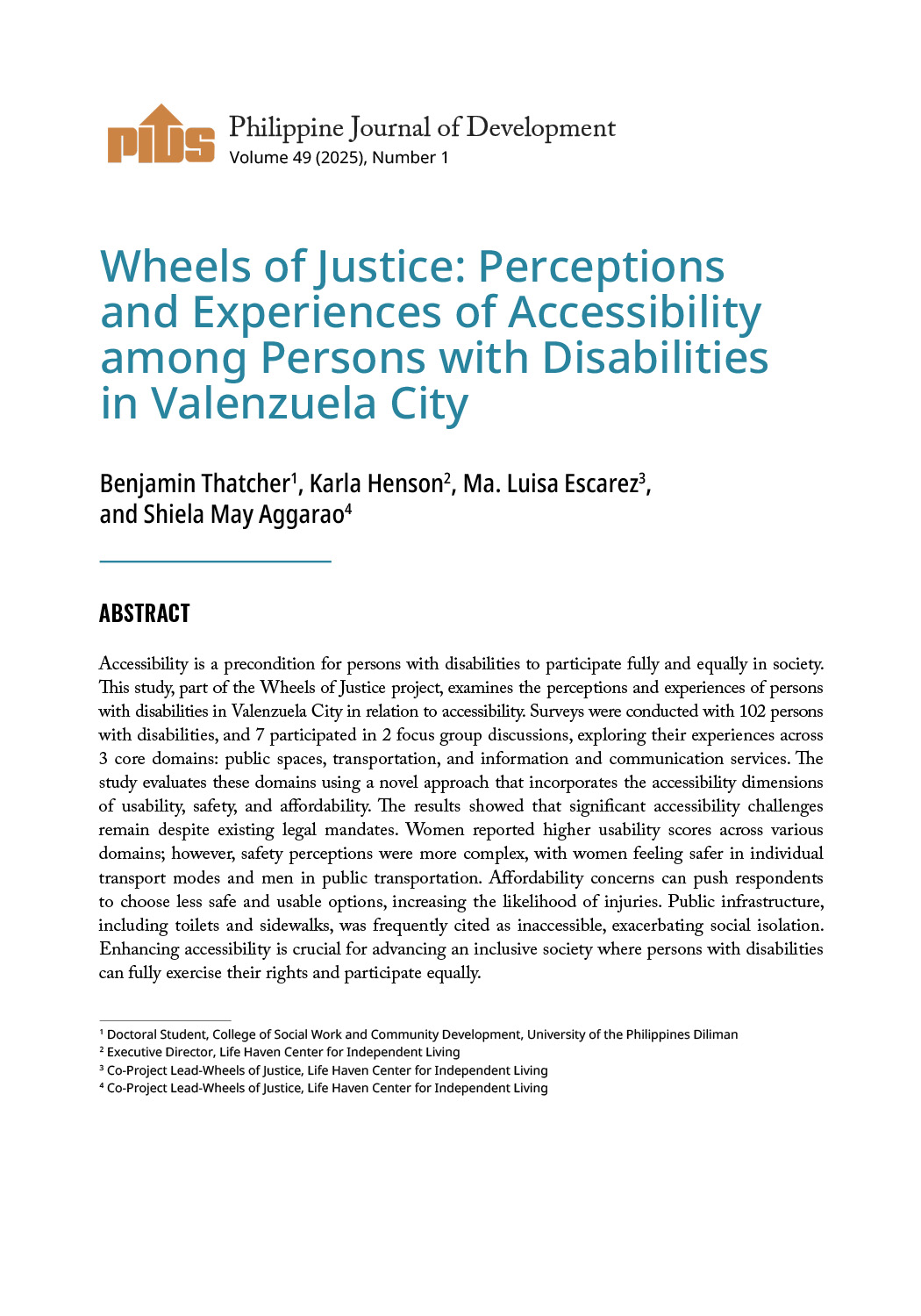I have been asked what I thought of the recent trust and satisfaction surveys of Pulse Asia and Social Weather Stations (SWS). Being from Mindanao, I’d like to look at it in the way people from the south would see it.
People then asked me why Mindanao exhibits strong support for the President and federalism, more strongly than the support he receives in Luzon and the Visayas.
The SWS surveys show a slight drop while Pulse Asia shows a rise in trust and performance ratings from March to June, 2018. Despite the difference between these surveys at the national level, these same surveys show the President retained an excellent trust and performance rating in Mindanao, higher than the figures gained in Luzon and Visayas.
In similar surveys by the SWS, Mindanao differs from the rest of the country on the federalism proposal. In the survey (https://www.sws.org.ph/swsmain/artcldisppage/?artcsyscode=ART-20180628003935,) Mindanao exhibited the highest awareness and of those aware, 59% agree with the federalist proposal. This is higher than the rest of the country which has 37% agreeing to, and 34% undecided on federalism.
As I have written previously, surveys on Martial Law in Mindanao also show strong approval in Mindanao for the measure, at rates higher than those in Luzon.
The short answer is that the Mindanaoans think differently from the rest of the country, and vote differently from their brethren from Luzon. The 1992 elections were particularly noted since in two vote-rich cities, Davao and Cagayan de Oro, former Senator Jovito Salonga garnered the most votes. In 2010, Noynoy Aquino lost to Joseph Estrada in many areas in Mindanao. The tendency not to think with and vote for Manila’s favorites is clear.
The long answer is that while Mindanaoans share the same dreams as most Pinoys, their additional and long-term aspiration is a genuine peace that facilitates progress, and the opportunity to stand as equals with their counterparts from the capital.
The aspiration remains strong decades after EDSA and the 1987 Constitution, poverty has remained persistent and peace elusive for Many Mindanaoans while their Luzon counterparts have improved their lot to now enjoy the same GDP as Thailand.
This inequality is clear in the data from a recent study on the fiscal perspectives of a federal Philippines by Rosario Manasan of the Philippine Institute of Development studies. it shows just how unequal the distribution of wealth and growth has been in Philippine economy, with household income and economic growth in regions surrounding Metro Manila way ahead of the Visayas and Mindanao. Inasmuch as the study raises vital questions about financing the federal proposal, the study nonetheless brings to light many of the reasons supporters push it.
Of course when you add another data layer – the national budget allocations per region – you will see the government budget allocation for Mindanao averaged a paltry 11-12% over the years despite contributing almost 16% of national GDP, and holding more than a fourth of total population.
Recognizing these chronic inequalities and neglect prompted Mindanao’s anti-dictatorship advocates in the late 1970s to lead in forming the Pilipino Democratic Party-Lakas ng Bayan, (PDP-Laban) a political party founded on social democratic precepts, and a shift to the federal form of government, which will change the system to one where political power is deconcentrated and the potential to harness regional potentials is harnessed for more equitable growth.
As the draft federal constitution and the Bangsamoro Basic Law (BBL) are at advanced stages of discussion, and “Build, Build, Build” will start creating the infrastructure to make the island more connected and competitive, many Mindanaoans are excited, as these two proposals and the infrastructure push are seen as responses to the inequality and conflict they have often faced.
Such old inequalities, however, are sometimes used to criticize the federal proposal and justify the maintenance of a unitary government, with some snooty enough to claim that the regions outside Metro Manila are too poor and incapable to manage themselves, and that because of this relative poverty, federalism breeds warlords.
The inequality we see in various studies show how the unitary system and past Manila government’s failed to create the empowered, more egalitarian society every Filipino hoped for in the afterglow of EDSA ‘86. Politics since then show the codependent relationship between Manila’s elites and the “provincial dynasties.”
Mindanao’s residents, facing long neglect and cycles of conflict, have had to eat and spit old promises from past governments who had neither the will to overcome obstacles and take their long-standing issues the same way they do for Metro Manila’s traffic.
Looking back, this process of empowerment, the achievement of genuine peace, and the dismantling of dynasties could have taken place had the Manila-centered governments that came after 1986 invested more in the regions, deconcentrated power, and did “Build, Build, Build” years ago to spread the growth, in the same way Thailand and Malaysia did in the early 2000s.
Now that current discussions on federalism, peace initiatives, the Bangsamoro Basic Law, and better infrastructure are consistently on the President’s agenda and at varying stages of actual implementation, a sense of hope emerges among Mindanaoans that these measures they longed for may finally be fulfilled, to correct past inequalities and build their potentials. It is therefore not surprising that they give high performance and trust ratings to the President.












